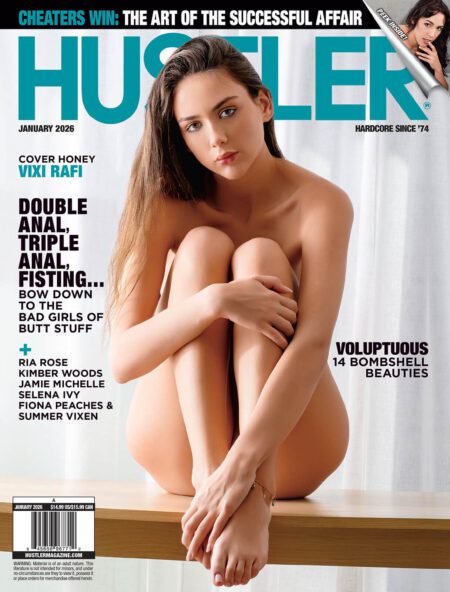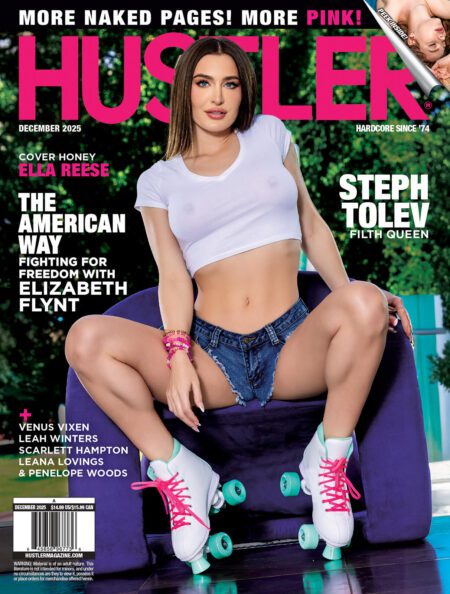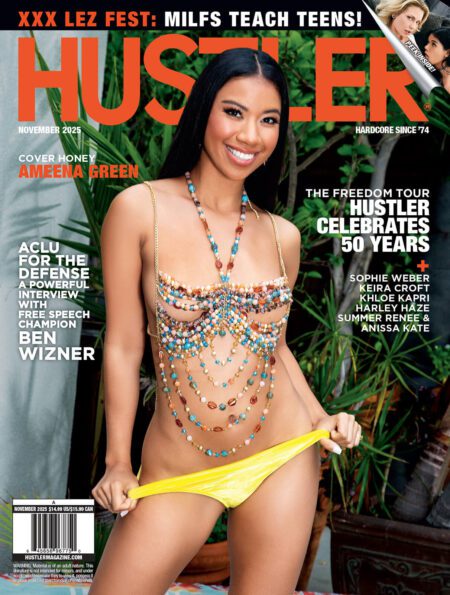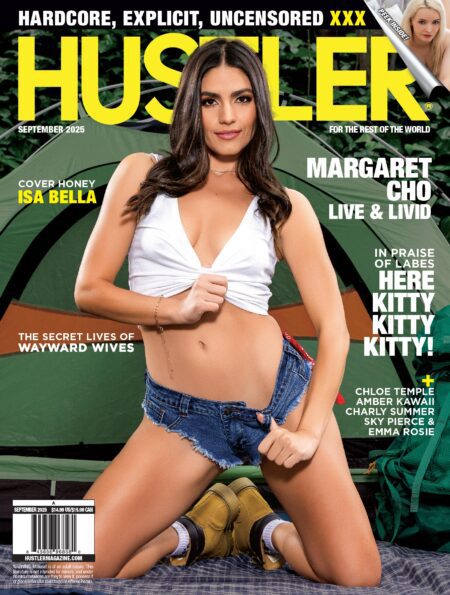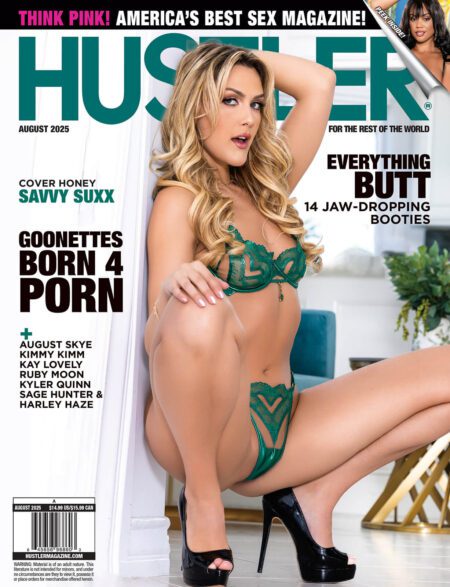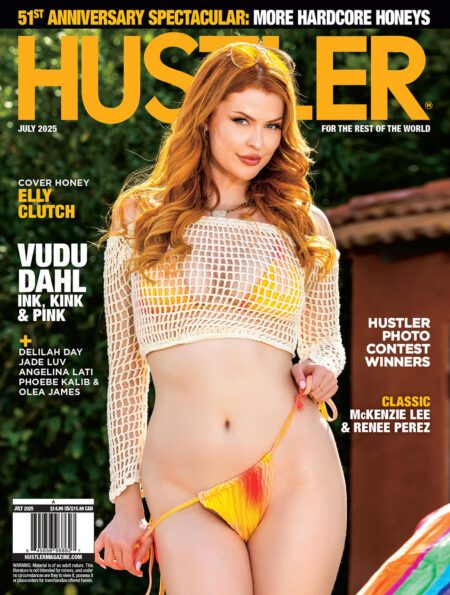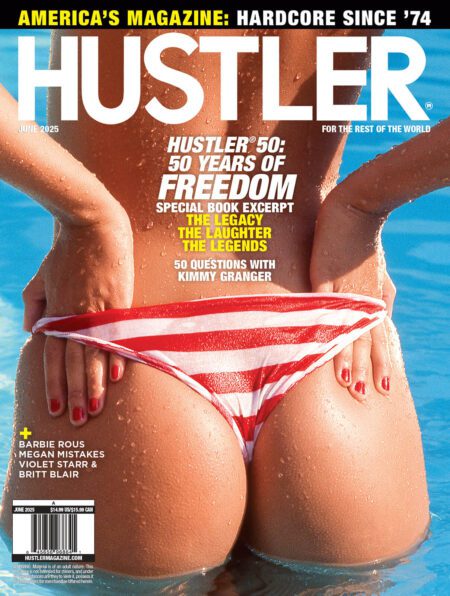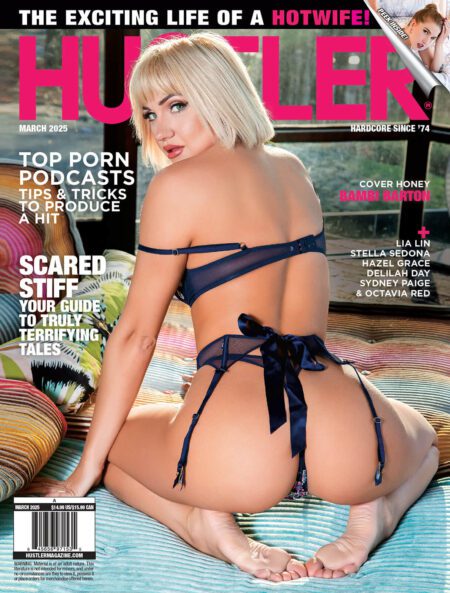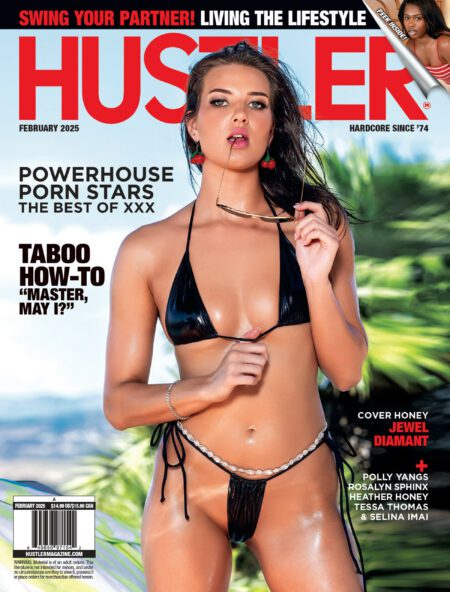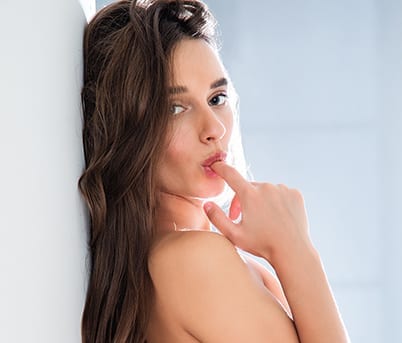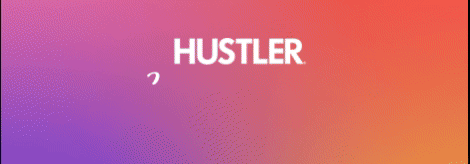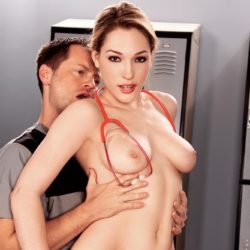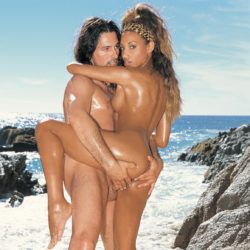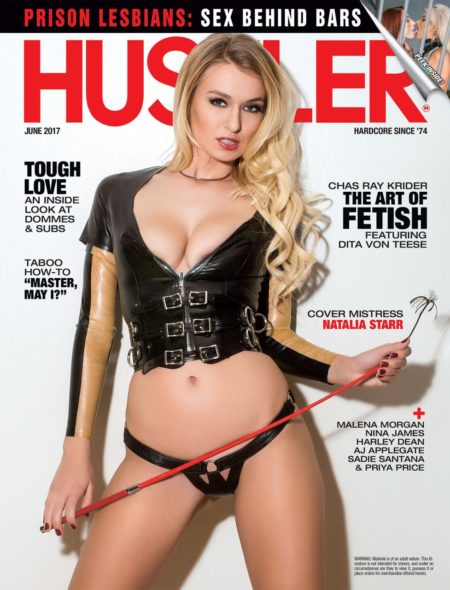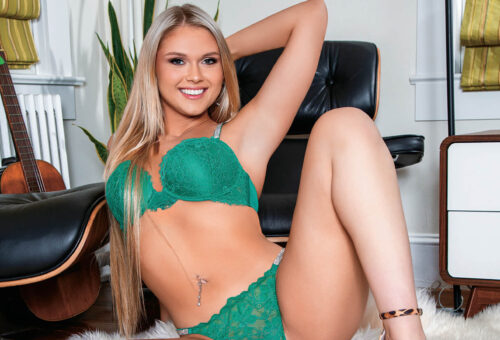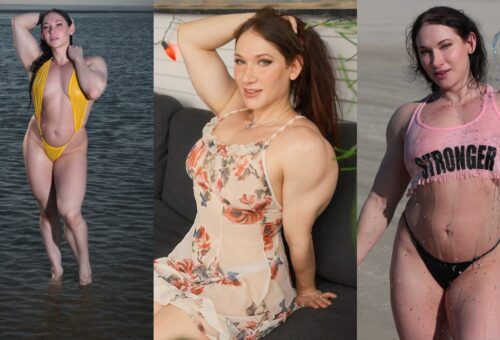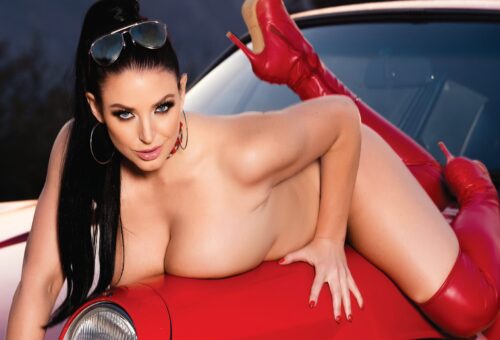Revel in his photos. Every image tells a story. The viewer hides in the shadows, privy to all that goes on behind closed doors. Legendary fetish photographer and sensual surrealist Chas Ray Krider relies on his lens to capture ultra-private scenes of mystery and perversion. His published works include three solo books, Motel Fetish, Do Not Disturb and Dirty Rendezvous, as well countless layouts in our wilder, kinkier sister magazine, TABOO. Sit down with the artist who’s been turning us on for over three decades.
HUSTLER: How did you start in photography?
CHAS RAY KRIDER: I got serious about art and photography a few years out of college, about 1976. I began as a street photographer, roaming the streets with a Leica, sort of my On the Road period, going east, south and west, taking photos along the way. I wasn’t interested in street life documentation per se, but rather a search for the unusual, odd juxtapositions and what I refer to as “the surreal in everyday life.” It was while shooting out on the street that sexual elements began to appear in my photos. I seemed to gravitate toward sexual motifs, like a store window displaying assorted lingerie. I think this fascination with panties and girdles in shop windows was the beginning of fetish seeping into my work. I recall, I was once in a department store, Leica in hand, photographing panty-dressed mannequins, when the store manager came and threw me out, saying, “You can’t do that in here, buddy.” The pervert was caught in the act. In terms of evolution, major change happened when I came in from the street and began shooting full-time in a studio space. The studio changed everything— the subject, the lighting, staging, use of props, the whole approach. The work became more conceptual and more sexual.
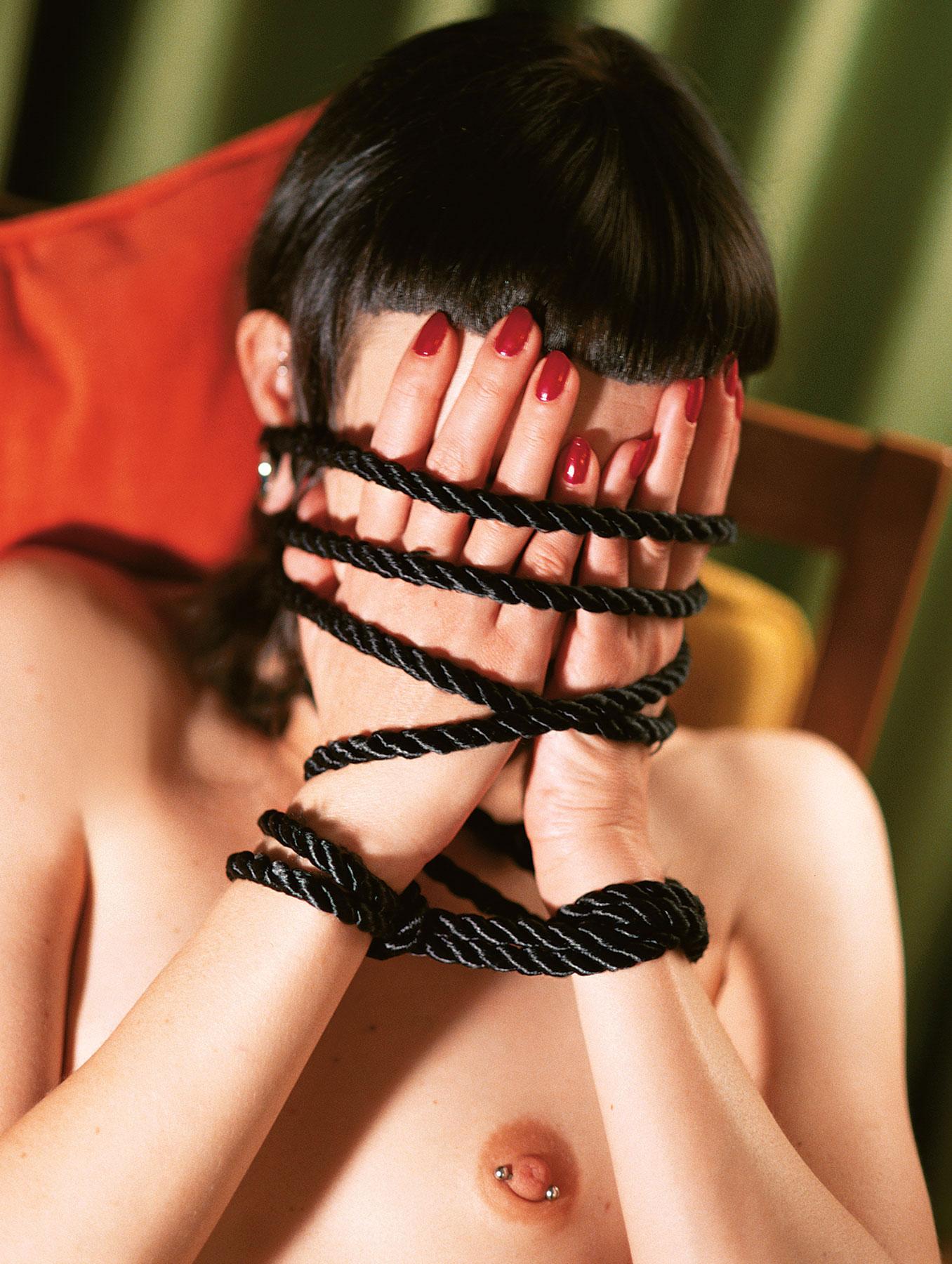
What is it about the fetish genre that excites you and informs your work?
It’s the women…the undressing, the dressing and the undressing. When I began consciously working with the idea of fetish, I dressed the model in full regalia—that is, stockings, garter, girdles, bras, the works. Then over time I stopped fully dressing the models either because I had become lazy and or I had come to find my own sense of what fetish is to me personally. I began to use less clothing. I found less clothing drew more attention to what clothing the woman did wear. Such as nothing other than simple black heels and black bra. Works for me.
I try to stay away from the stereotypical fetish gear—platform heels or anything too shiny. I like the idea of fetishizing one’s own everyday life. Instead of going down to the corner fetish store and buying something off the rack, I ask what’s already in the closet that can be used as is or reinvented in a more fetishistic way. For example, I have a couple of old plastic raincoats in which I have tightly wrapped and packaged models. I find this “ready-made” more interesting than a vinyl “fetish” garment off the rack. I do a lot of thrifting. I’ll pick up, say, a contemporary bra-slip combo.
When I get back to the studio, I cut away the bra cups, exposing the body in a way the original garment did not intend. I make it more fetish. There are times when I will take a similar item and have the model put it on backwards. The straps and the line hit the body in new and unexpected ways. If I find a sheer dress with an opaque liner, I will cut out the liner. This reconfiguring of found items is my surrealist method of subverting the original intent of an object for a new and strange encounter. It’s been said, if you can’t be original, at least be inventive.
I’ve long admired your layouts in our sister publication, Taboo. Tell us a little about how that relationship started.
All the credit goes to Art Director Cynthia Patterson. Cynthia is from Columbus. We ran with the same crowd and hung out at the same new wave/punk club in the early ’80s. She moved to L.A., eventually going to work for Larry Flynt Publications. By the mid-’90s I had begun a body of work that would become my first book, Motel Fetish. Cynthia ran a feature on the series in Taboo, and that feature put my work on the map. I began getting calls from magazines and publishers. Eric Kroll saw the work and felt it would make a good Taschen book, which eventually happened in 2002. Cynthia suggested I come to L.A. to do a few sessions for Taboo. It was a great experience and has influenced my approach to all work since. I might add, Dita was one of the models booked on that first trip out. Her photo made the Taboo cover.


